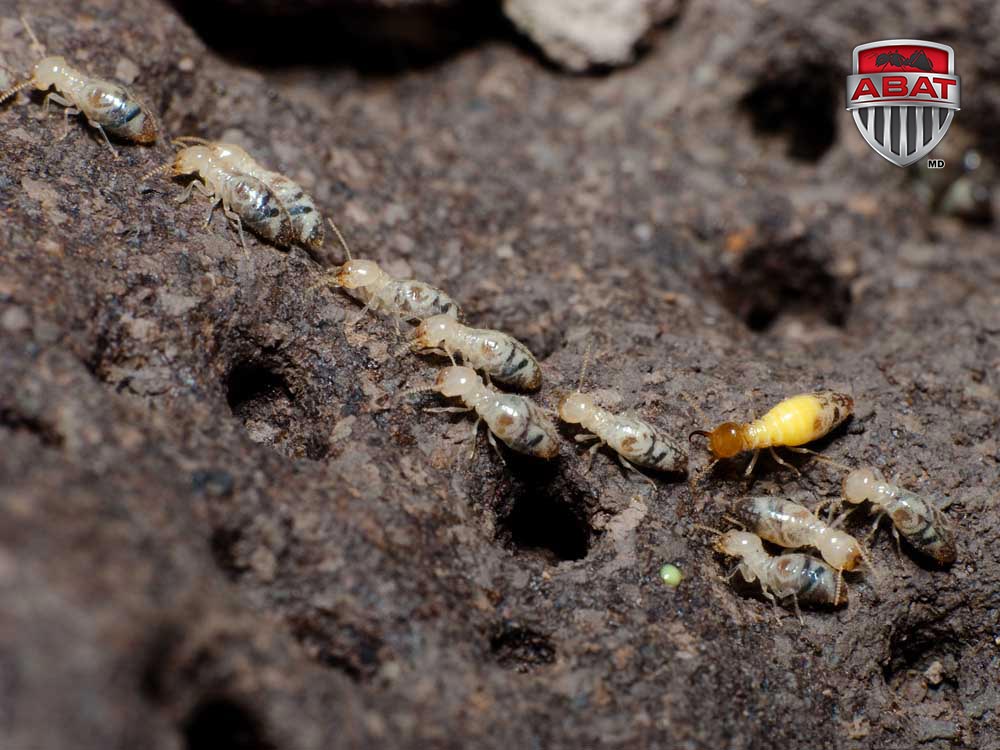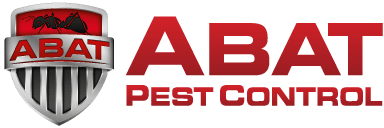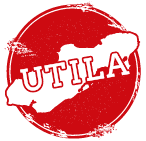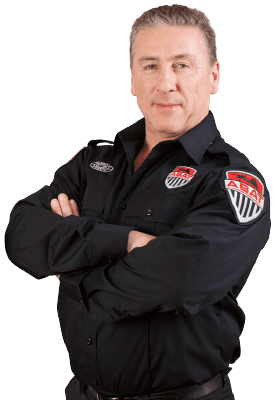| French name | Termite souterrain du Japon |
| English name | Formosan Subterranean Termite |
| Latin Name | Coptotermes formosanus |
| Class | Insecta |
| Order | Blattodea |
| Family | Rhinotermitidae |

Formosan subterranean termites are part of the family Rhinotermitidae
Characteristics of the Formosan Subterranean Termite
Size
The male and female subterranean termite measure from 12 to 15 mm (0.5 to 0.6 inches), including wings.
Workers and soldiers are 4 to 5 mm long.
Colour
Reproductive termites are a yellowish brown colour.
Soldiers have an oval-shaped head of an orange-brown colour as well as blackish, curved mandibles. Their body is off-white.
Workers are completely off-white, sometimes even yellowish.
Behaviour
Formosan subterranean termites are voracious wood-borers. They eat large quantities of cellulose found in forest dead wood or the new wood structure of your home. They need a significant source of food in order to develop their colony, 24 hours a day, 7 days a week. A large colony of termites may use up more than 300 feet of ground. The work of termites never stops.
Termites are for the most part blind. They can nonetheless distinguish between light and shadow, which is all they really need to know in order to ensure their safety. If they remain in the dark, they are protected from predators and conserve moisture within their body. Exposure to daylight, however, means they are in danger.
Check for more species of termites
Way of Life and Habitat of the Formosan Subterranean Termite
The worker termites’ mission is to find, masticate and digest cellulose in the wood. When they return to the colony, they regurgitate the digested materials for the other members of the colony to eat. This process of feeding the colony is called trophallaxis.
Mud tunnels in the wood allow Formosan subterranean termites to maintain the humidity and temperature levels required in their environment.
These tunnels also protect them from ants, spiders and other predators. These termites will build such tunnels wherever they go in order to always have a safe passage.
Signs of an Infestation by Formosan Subterranean Termites
When termites find larger pieces of wood, such as the structural wood of a building, they first work on its surface. Thus their tunnels are easily noticed by a pest control specialist. Wood that has been attacked by Formosan subterranean termites appears to have a wavy surface. This is called a “grooved effect”
Over time, the termites dig deeper into the wood and it becomes more difficult to see them. Only the expert eye of an exterminator specializing in insects may detect them.
Controlling Formosan subterranean Termites
If you see holes and tunnels on wooden surfaces that appear to be ridged or grooved, this damage must be inspected by a professional urgently. In fact, Formosan termites can damage wood at a much faster rate than other more common species of subterranean termites (for example, those of the family Reticulitermes).
Be mindful to exercise caution, as termites will seriously damage a house if they are not brought under control.
Here are a few preventive measures that will help to avoid an infestation by termites:
- Use chemically treated wood which will be more resistant to termite attacks.
- Eliminate any moisture problem in your home such as water leaks, condensation on windows and drainage problems.
- Eliminate areas used to stack firewood around your home.
- Remove tree stumps and dead wood near your home.
To avoid a termite invasion in your home or if you suspect their presence, it is necessary to schedule regular inspections by an exterminator specialized in the eradication of insects.


